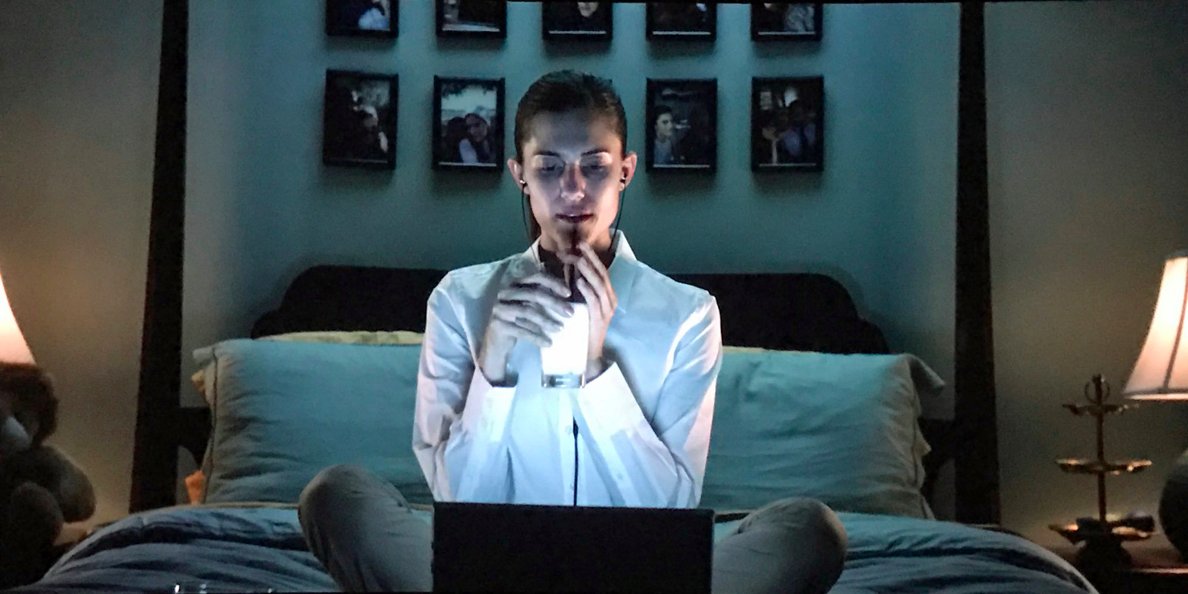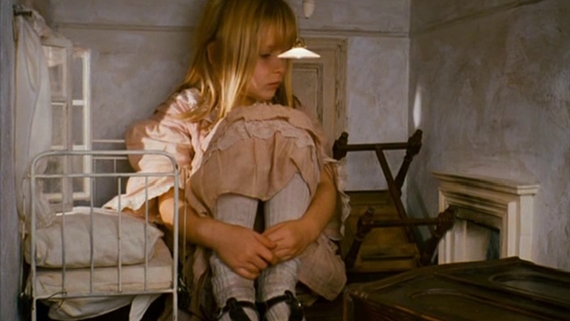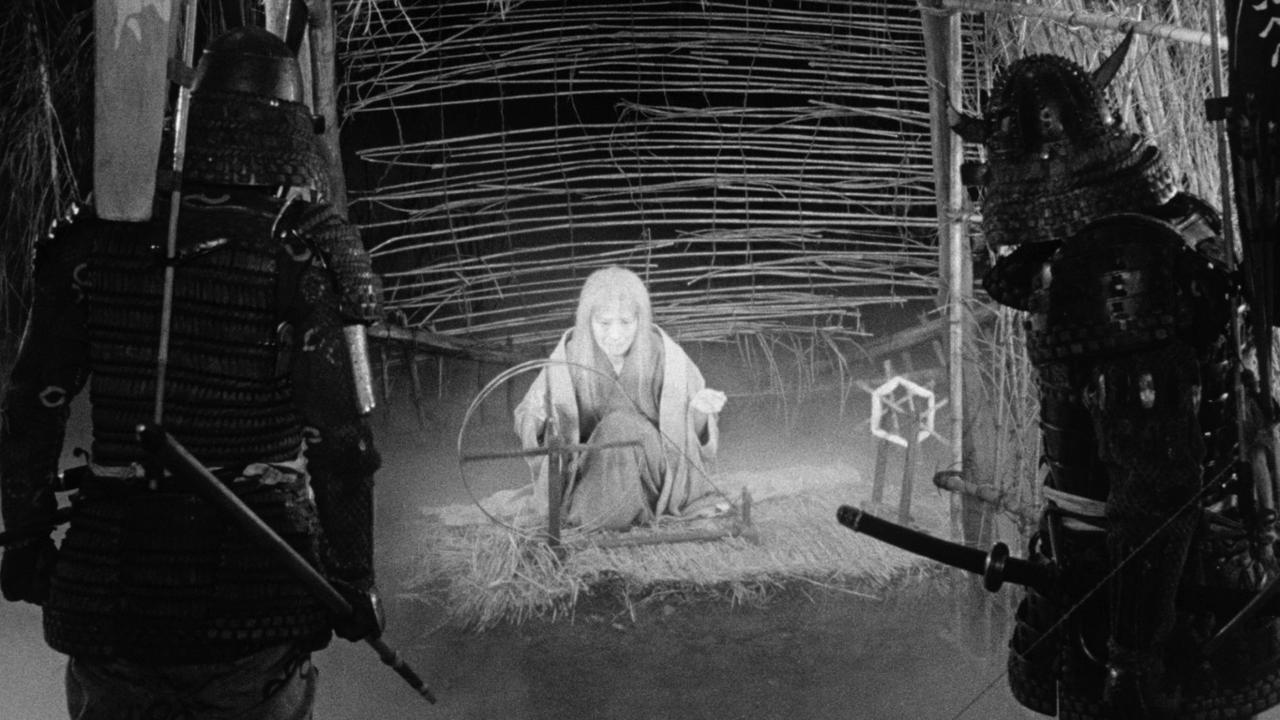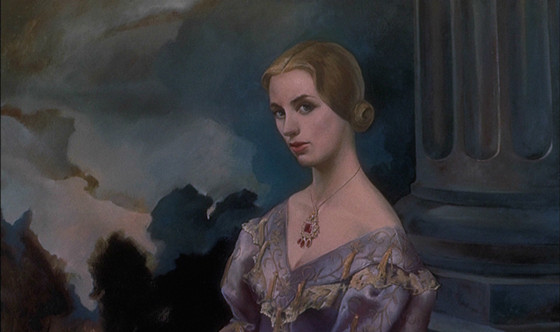
The uncanny is associated with the strange, the weird and the mysterious. The word was used by Sigmund Freud to suggest a threatening sense to the familiar. The German word for uncanny is das Unheimlich. Heim means home but it also means secret, so the uncanny for Freud occurs when something concealed and homely threatens to be unhomely. Toys, gnomes, dolls, puppets are great examples—things that both seem quaint and menacing.
Famous examples of films making use of the uncanny include Dead of Night and Child’s Play. Indeed, Freud postulates that the reason we find dolls creepy is that as children we believed that they were living beings and as adults we repress this childlike belief.
To an adult, inanimate things having agency are threatening and indicate a malevolent world. As such the uncanny accompanies a sense of displacement, of something that should belong not belonging or vice versa and is a mainstay of horror and science fiction films, like Alien and The Thing, but also of surrealism.
Given that the uncanny entails repressed and irrational fears bubbling to the surface, the presence of horror and science fiction films are arguably over represented in this list but to do otherwise would be silence the most marked examples of the uncanny.
Nevertheless I’ve tried to keep the list relatively diverse. Perhaps the most notable omission in this list is the work of David Lynch, but since every Lynch film is uncanny and often plays on the simultaneously threatening and homely qualities of Americana, I was unable to pick just one film. Indeed, the very word Lynchian more or less conveys a cinematic uncanniness.
10. Get Out

Get Out by Jordan Peele is a great example of the uncanny, where racism literally gets a facelift. When Chris is invited by his partner Rose to meet her family, he asks Rose if her family knows he’s black. She replies that it isn’t an issue. Her father after all, voted for Obama twice and would vote for him again if he could. An uncomfortable Chris agrees to visit her family on their country estate.
The setting itself is uncanny, a plantation-style mansion juxtaposed with an Obama-voting family of liberals. Rose’s father and mother are all too eager to show just how not racist they are, thereby creating a sense of something sinister under the surface of their attempted niceties.
When a party is thrown to meet Rose’s extended family as well as family friends, they all seem to want to buy into black coolness. Chris manages to find another “brother around here” at the party, but there is something strange about him. He doesn’t seem to have the lived experiences of racism that usually accompanies the various forms of discrimination faced by people of color.
Similarly, the family’s black servants behave in an unusual manner and Chris becomes increasingly suspicious. The reason for this strange behaviour transpires to be more horrific than Chris could have imagined. In Get Out, the uncanny converges with contemporary issues of race and cultural appropriation.
9. Alice

All of the animations by Jan Švankmajer are uncanny. Indeed, there is something potentially creepy about Claymation and stopmotion more generally, as it consists of creating life from the lifeless—where what we are watching both seems alive and kind of dead.
If you ever wanted to know what Lewis Carroll’s story would look like if it consisted of dolls from Hans Bellmer’s studio arranged by Hieronymus Bosch, then you’re in luck—Švankmajer has you covered. As one can imagine, Alice begins with the eponymous heroine following a rabbit, however this rabbit is taxidermied.
Alice does some of the usual Alice things like visit a tea-drinking Mad Hatter, but something is never quite right. In this case the Mad Hatter is constructed out of wood. Rather than take a colorful Tim Burton approach, Švankmajer strips the Mad Hatter down to resemble a menacing slab of timbre with a hat and an angry looking beard. This is by far the scariest, creepiest and weirdest adaptation of Lewis Carroll ever produced.
8. Throne of Blood

This Japanese retelling of Macbeth by master filmmaker Akira Kurosawa establishes an eerie, uncanny mood. Wailing winds, haunted woods, and mist create a sense of humanity and nature being out of sync. Throne of Blood is not particularly Freudian but Freud was not the only theorist of the uncanny.
Indeed Martin Heidegger argued that the uncanny emanated from a sense that the human being is estranged from, and doesn’t belong in, the world. The human being, according to Heidegger, searches for something to give life meaning, but in so doing, discovers that his life and all human life consists of a violent disruption of the natural order.
The story of Macbeth then is a perfect fit for a story of the human being alienated from the natural world. Kurosawa captures the mood of Macbeth but also Heidegger’s understanding of the uncanny by establishing the uneasy feeling that humans are violent creatures doomed to death with no place to call home in a world that is itself violent. Another great uncanny film in a strangely similar vein is Lars von Trier’s Antichrist.
7. Vertigo

Scotty, played by Jimmy Stewart, is recovering from a trauma involving heights. Working as a private investigator, he is tasked to follow a woman named Madeleine. There is an unsettling sense of voyeurism as he develops an attraction to her. However, when she appears to commit suicide Scotty is inconsolable. But later Scotty’s mood improves when he spots a woman that looks identical to Madeline, named Judy.
Scotty forms a relationship with her, but with the image of Madeleine hanging over them, they encounter problems. In a sense this situation recalls Freud who claimed that the doppelgänger is an uncanny occurrence, signifying a sense of threat to one’s identity. Scotty drives Judy to the brink of madness with his terrifying obsession to remodel her to resemble a dead woman.
But the narrative isn’t the only thing uncanny about Vertigo. Hitchcock’s innovative use of color and the “Vertigo effect” where the camera zooms in the opposite direction to the dolly movement create a sense of menace and heightened reality throughout, capturing the eerie confusion of the familiar and the unfamiliar converging.
6. Kitchen Sink

Alison Maclean’s Kitchen Sink channels Méret Oppenheim’s fur-covered tea cup, “Object,” by (dis)placing hair where hair does not belong. The fourteen minute, black and white film follows a woman who discovers a hair in her sink. She pulls at the hair and a disgusting abject hairy dead fetus surfaces—the hair seeming to serve as some sort of repulsive umbilical cord. When water is added to the fetus, it grows to be a man’s size.
The whole film is uncanny but it also evokes Kristeva’s idea of the abject, namely that that which is abject exists between person and object: blood, vomit and in this case, hair. As such, the film perfectly captures uncanny abjection in a domestic setting with incredible black and white cinematography.